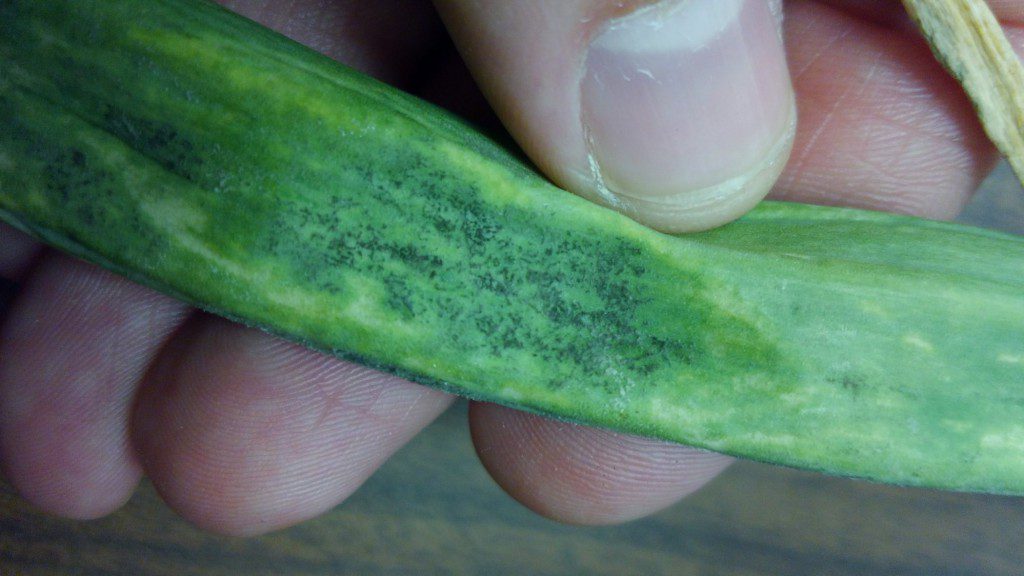By Clint Thompson
Increased rainfall and extended periods of leaf wetness means conditions have improved for downy mildew disease in Vidalia onions. Growers should be wary of the disease as harvest season draws near, said Bhabesh Dutta, University of Georgia (UGA) Extension vegetable plant pathologist.

“We always monitor downy mildew and the weather conditions that favor downy mildew. We follow a downy mildew model, and if the model suggests that conditions are perfect for downy mildew, we inform our growers to put some downy spray in their spray tank; for example, phosphites. We have Omega 500,” Dutta said. “Those have moderate to decent levels of efficacy on downy. Downy mildew is a hard nut to crack.”
The disease has a history of impacting Vidalia onions in early spring, mostly in March or April. It was first discovered on March 23 in 2020, Feb. 28 in 2019, March 19 in 2018, April 13 in 2016 and April 20 in 2015.
“We normally see downy around late March to early April. It’s not cold at that time, but it’s wet,” Dutta said. “Whatever prolongs leaf wetness can favor downy mildew.”
Omega 500 and Orondis Ultra fungicides provide moderate efficacy on downy mildew. Bravo and Zampro provide moderate-to-low efficacy.
The first symptoms of downy mildew occur on older leaves as light green to pale yellow in color, which turn to tan and brown as the lesion ages. In Georgia, early symptoms can be diamond-shaped lesions that are mottled with pale and green areas interspersed. As colonization progresses, lesions may girdle the entire leaf. This could cause the total collapse of leaf tissues. Infected bulbs are reduced in size and typically don’t store well. In severe cases, 100% yield losses have been reported.









